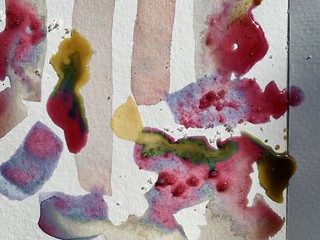It took me a minute to get going this year, mainly because my watercolor simulation code is a big pile of spaghetti that’s been artfully splattered across the walls and left to dry in place. I’ll have to do a bit of cleaning before I can have more serious fun with it. But I did at least manage to get my synthetic paper layer working, more or less. This video serves the prompts for both #genuary4 (Pixels) and #genuary2 (No Palettes). Happy #genuary to all who observe!
All posts by Cassidy Curtis
Garden Timelapse: Sugar Ann Peas
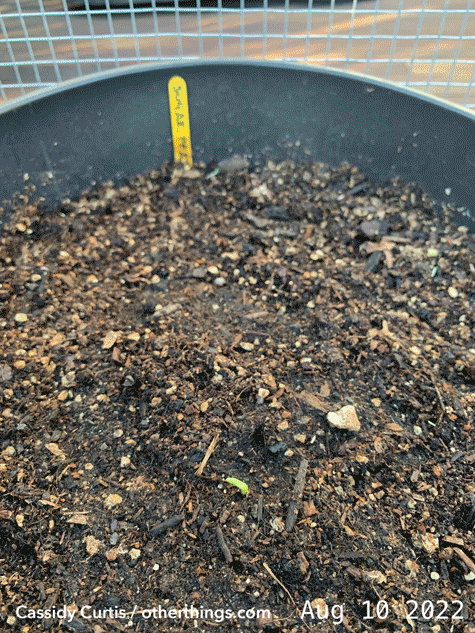
I’ve continued to shoot timelapse video of the various veggies we grow in the garden. Here’s one more from last fall, of some sugar snap peas. They grew so fast I had to shoot twice a day! I was blown away by the origami-like way each pair of leaves unfolds as the vines grow, and the branching tendrils that whip out and grab on to whatever they can find. You might also notice some sudden changes in early September: we had a brutal heat wave that almost killed the plants. Some quick thinking and an old kid-sized umbrella saved them from total destruction. Not all of the plants survived, but the ones that made it produced crunchy pods as sweet as candy. Will definitely grow these again!
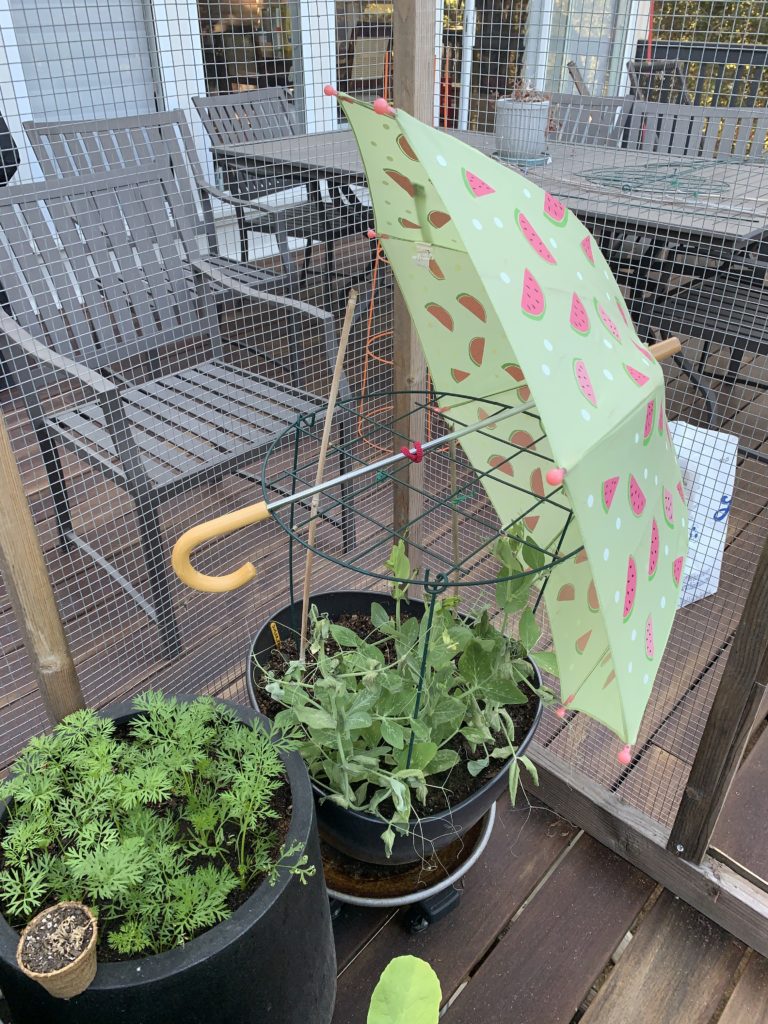
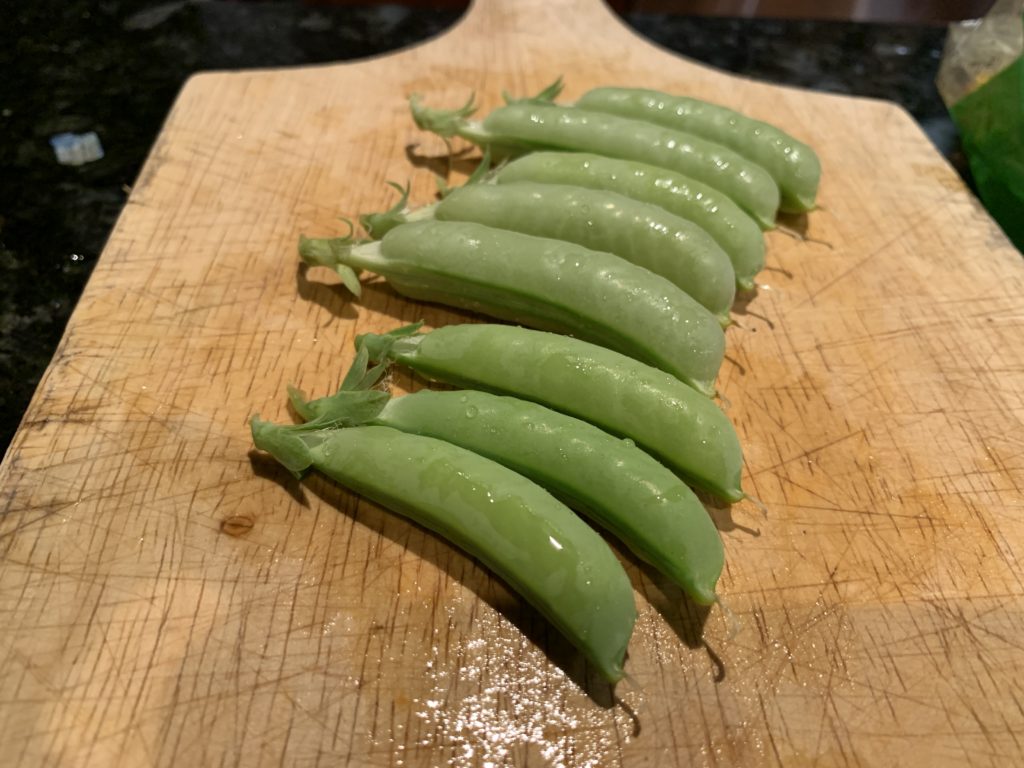
“Believable Acting” video now online
ACM SIGGRAPH has posted the video of my April 12 talk about our team’s work on believable acting for autonomous animated characters. This was a really fun one to do. Most conferences limit you to 25 minutes for technical talks, but we’ve always had a lot more material than that! The San Francisco SIGGRAPH chapter’s talk format is comfortably open-ended, so I was able to spend a full hour and go a lot deeper without rushing through it, and still leave plenty of time for Q&A.
Huge thanks to Henry LaBounta and the SF SIGGRAPH organizers for inviting me, and to the audience for showing up and asking such thoughtful and interesting questions!
Believable Acting, April 12 at SF-SIGGRAPH
Hey animation heads, AI enthusiasts, game developers, and curious people of all kinds! Have you ever wondered why video game characters often seem so robotic, compared to animated characters in movies? Have you ever wished for some way to bridge that gap? This is what my team, Synthetic Characters, has been working on at Google Research. I’ll be giving a talk about our paper, Toward Believable Acting for Autonomous Animated Characters, for the San Francisco SIGGRAPH chapter, next Wednesday, April 12, at 6pm Pacific time.
The event is online, free, and open to the public– but if you want to see it, you have to sign up in advance. Here’s the link to reserve your spot!
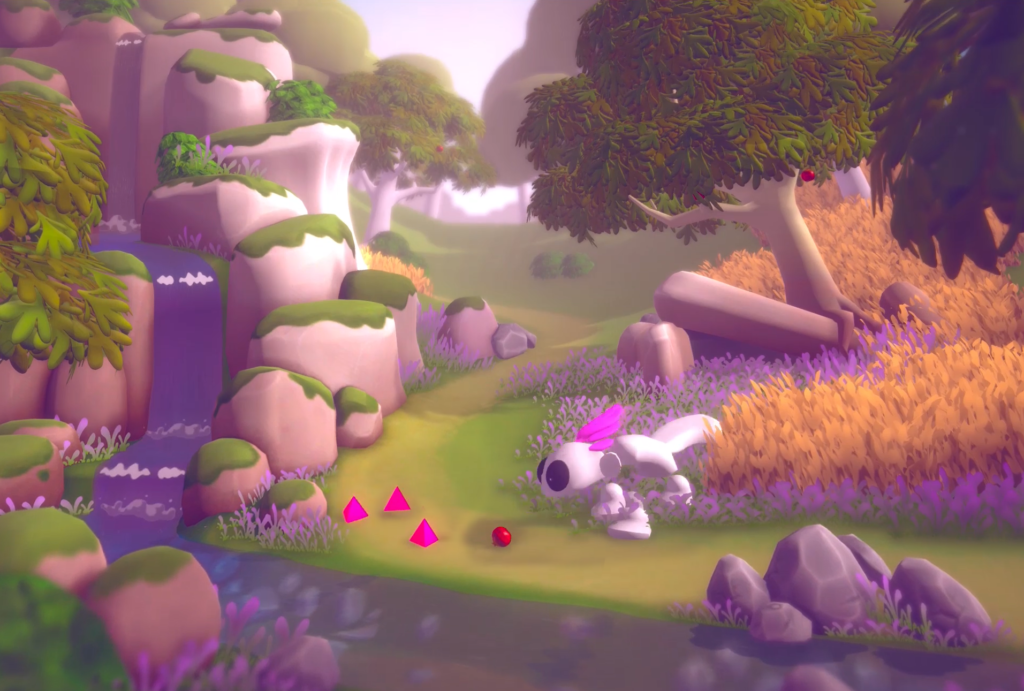
Graffiti Archaeology is back!
This just in: Graffiti Archaeology is officially back up and running!
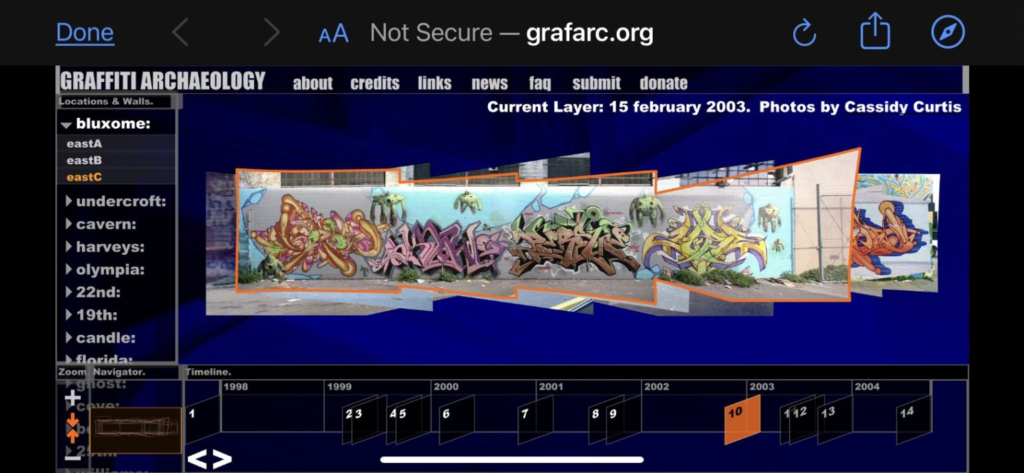
The web app had been languishing for years, as more and more developers stopped supporting the Flash player it depended on: first Apple refused to allow it to run on iOS, and then Google’s Chrome browser stopped allowing it, and finally in 2020 Adobe retired the format entirely. But then last year, I learned about Ruffle.rs, a shiny new Flash player emulator developed in Rust. I tried it out, but it had some missing features that broke our user interface. So I filed a bug report, but I didn’t have great expectations that it’d get fixed anytime soon. After all, it’s an open source project run by volunteers, who I’m sure have much more important things to do than fixing bugs in weird old web art projects.
Well, this weekend, one of Ruffle’s amazing and generous developers went ahead and added the missing feature. And just like that, our app is up and running again! Not only that, but it runs in places it has never run before, like iPhones and other iOS devices!
The experience on iOS isn’t perfect, mainly because we developed the UI for desktop computers with keyboards and mice, not touchscreens and thumbs (remember, this was about five years before the first iPhone came out!) Some features, like the tooltips that appear when you hover over a button, will never work on a touchscreen, because there’s no such thing as hovering without clicking. Other things just feel clunky, like the fact that you can’t pinch to zoom (another now-ubiquitous UX metaphor that hadn’t yet been popularized.) But even with those limitations, seeing our twenty-year-old project running on modern hardware is a total thrill.
I’m incredibly grateful to the Ruffle developers for making this possible. The world may be a mess, but communities like this are a good reminder that sometimes, if we work together, we can have nice things.
Homemade ink timelapse
My dear friend Eric Rodenbeck has been experimenting with creating his own homemade inks and paints from natural materials. Some of the inks mysteriously change in texture, and even color, as they dry. After months of looking at Eric’s paintings, I was intensely curious to see how these changes would look as they were happening. So, of course, I had to shoot some timelapse footage.
The inks I used here are hibiscus + lemon (pale red), hibiscus + orange peel (magenta), carrot greens + alum (yellow), and a sprinkling of sea salt for texture. Time span: about 1 hour.
If you pay close attention, something really strange happens about 11 seconds in to the video, when I added some yellow ink: wherever the yellow mixes with the magenta, the mixture turns a deep bluish green! What is going on there?
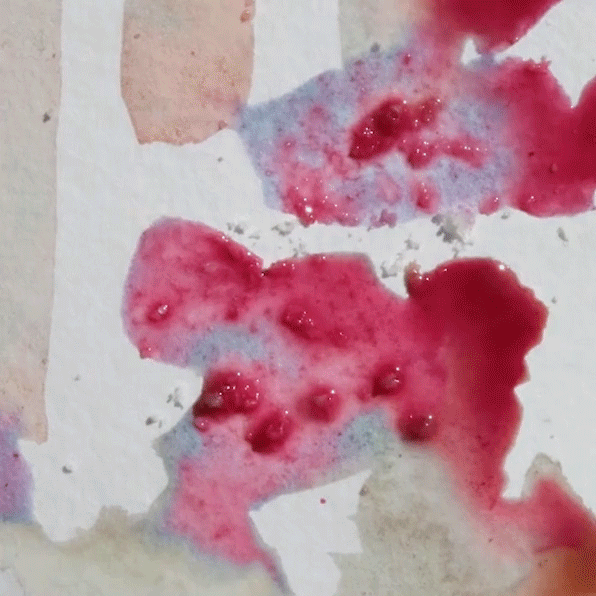
It turns out that hibiscus gets its color from a type of pigment called an anthocyanin, whose structure and color are pH-sensitive. In an acidic environment, it’s red, but when exposed to an alkaline it turns blue. Since the yellow ink is alkaline, it turns the red hibiscus blue on contact, which then mixes with the ink’s yellow pigment, becoming a lovely vibrant green.
Here are some more photos from the day. Hopefully this will be the first of many such experiments!
Impossible Paint: Asemic Writing
The Genuary prompt for day 14 is “asemic”, i.e. writing without meaning, which is something I’ve always loved. I thought it might be fun to try doing that with my watercolor simulation. Reader, I was not disappointed.
When we rerun the simulation with a different random seed each time, it comes to life in a different way. It turns out the Perlin noise that drives the brush movement isn’t affected by the seed, so “what” it writes stays the same, while “how” it’s written changes. The consistency seems to deepen the illusion of intentionality, which makes me super happy.
This isn’t my first time tinkering with procedurally generated asemic writing. That was in 1996, when I was working at PDI in Sunnyvale. There was a small group of us who were curious about algorithmic art, and we formed a short-lived club (unofficially known as “Pacific Dada Images”) that was much in the spirit of Genuary: we’d set ourselves a challenge, go off to our desks to tinker, and then meet in the screening room to share the results. The video above came from the challenge: “you have one hour to generate one minute of footage, using any of the software in PDI’s toolset”. I generated the curves in PDI’s homegrown script programming language, and rendered them using a command line tool called mp2r (which Drew Olbrich had written for me to use on Brick-a-Brac).
Impossible Paint: pigment studies 2
Now with randomized physical properties: staining, deposition, specific weight, granulation. This is starting to do things I don’t understand, which is always a good thing.
Impossible pigments for impossible paint
To make impossible paint, you need impossible pigments.
Genuary 2023: Impossible Paint
I love to tinker with code that makes pictures. Most of that tinkering happens in private, often because it’s for a project that’s still under wraps. But I so enjoy watching the process and progress of generative artists who post their work online, and I’ve always thought it would be fun to share my own stuff that way. So when I heard about Genuary, the pull was too strong to resist.
Here’s a snapshot of some work in progress, using a realtime watercolor simulator I’ve been writing in Unity. Some thoughts on what I’m doing here: it turns out I’m not super interested in mimicking reality. But I get really excited about the qualia of real materials, because they kick back at you in such wonderful and unexpected ways. What I seem to be after is a sort of caricature of those phenomena: I want it to give me those feelings, and if it bends the laws of physics, so much the better. Thus, Impossible Paint.

